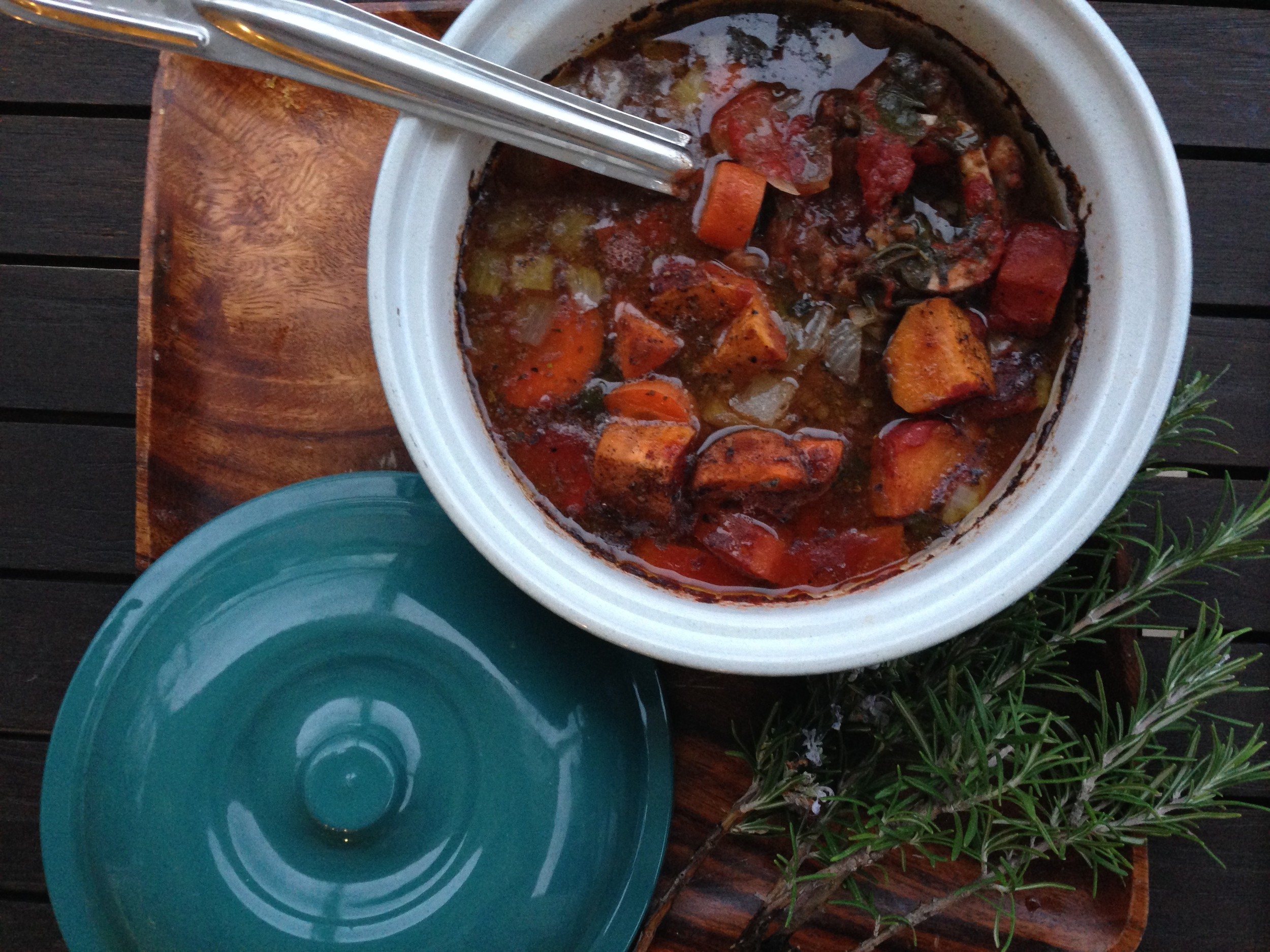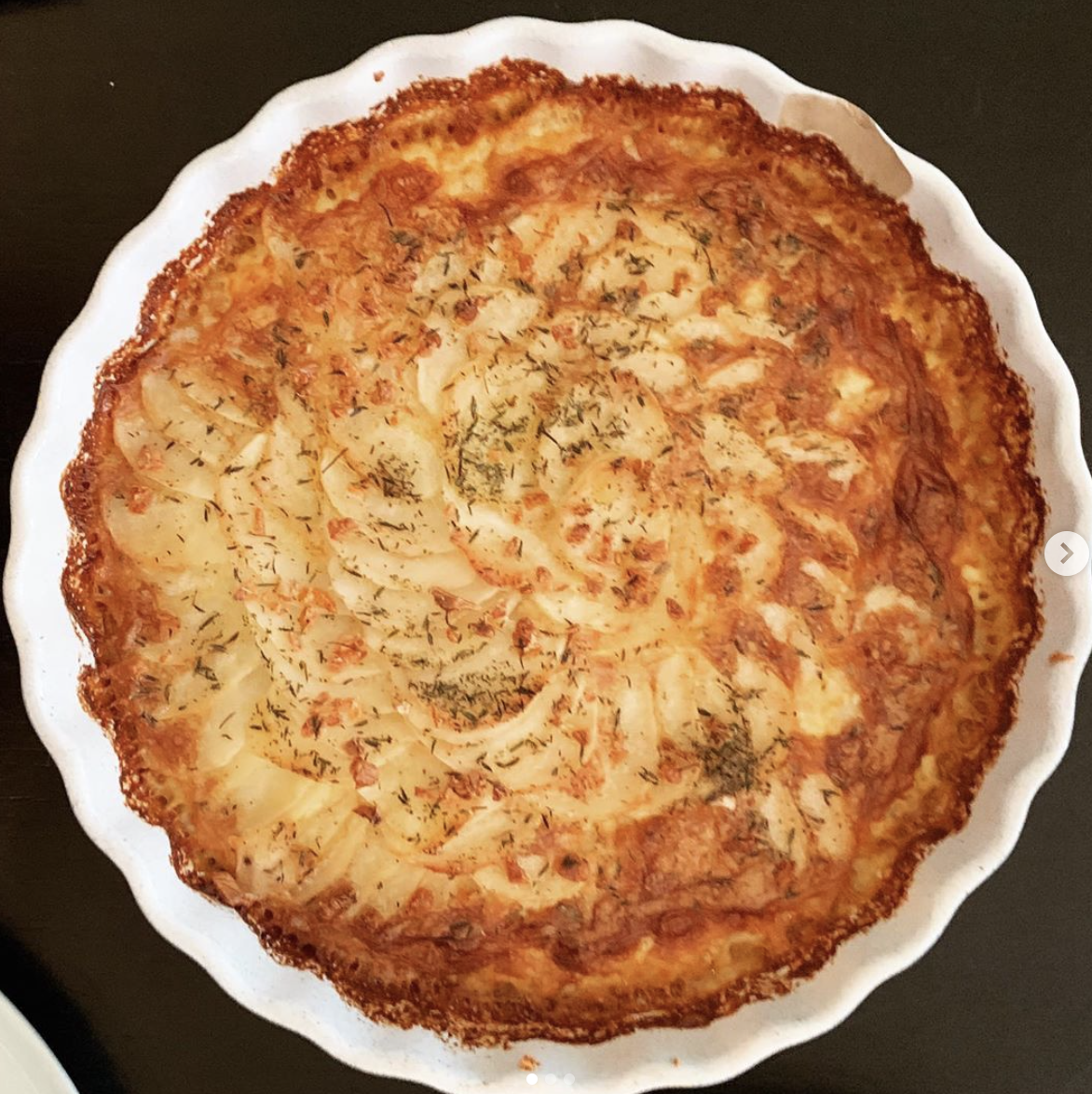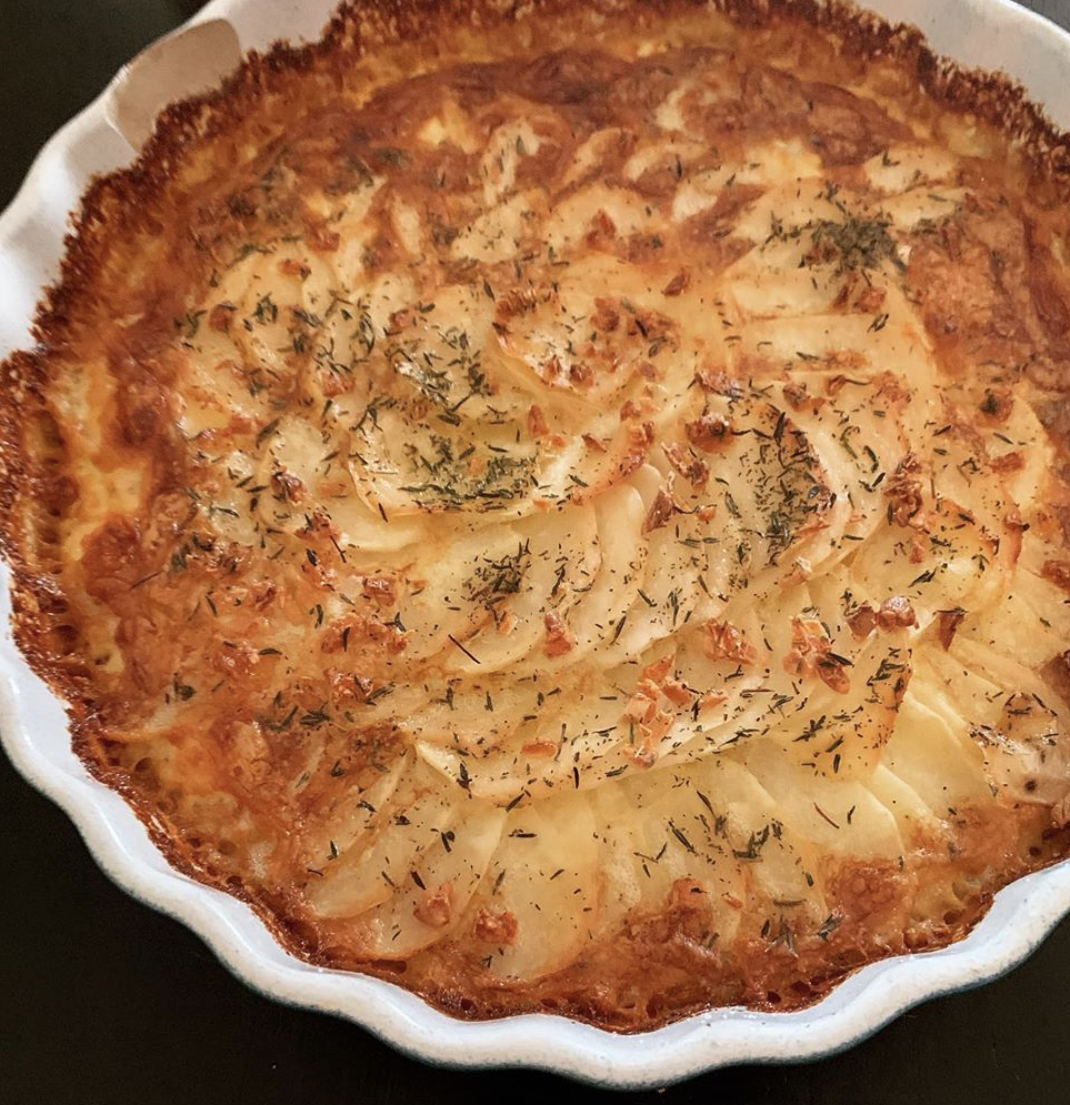The difference between probiotics and prebiotics plus recipe for Brussels Sprouts (a prebiotic) with bacon and potato
I have written a lot about the importance of probiotics (friendly bacteria that inhibit our gut / digestive tract) and if any of you have come to one of my lacto-fermentation workshops which I run on a regular basis then you would have heard me talk at length about probiotics and their importance in our immunity, digestion, metabolism, brain function and skin function to name a few of their tremendous health benefits. We can even go so far to say that without probiotics we could not survive. In the absence of specific advice from a health care professional, probiotic supplementation is not necessary for fairly healthy people and the regular consumption of home-made fermented foods (eg kefir, sauerkraut, beet kvass, kombucha etc) will provide all the probiotics bacteria you need. There may be instances where probiotic supplementation might be recommended (eg after a course of antibiotics).
So what are PREbiotics? In sum they are food for the probiotics that already exist in your gut so that these little essential critters stay alive and healthy. What you feed your intestinal microbiota significantly determines how they populate. So while probiotics provide a better balance of bacteria in the gut by stimulating the growth of different strains of beneficial bacteria that are not already present in your gut, prebiotic foods selectively stimulate the growth of beneficial bacteria already inhibiting the gut especially in the large intestine. These foods include onions, jerusalem artichokes, and fruits and vegetables that are high in soluable fibre eg sweet potato, potatoes, Brussels sprouts, asparagus, turnips, mango, avocados, strawberries and aprocots. Hence another reason to not go too low carb!!!
Brussels Sprouts and potatoes are both prebiotic foods. While potatoes are generally not a hardship for most people and kids to consume (refer to one of my earlier blogs on my 5 favourite ways to eat root vegetables) Brussels sprouts are another kettle of fish. I personally don't find Brussels Sprouts unpalatable but they seem to get a bad wrap by most kids. Most parents I talk to struggle to get their kids to eat them. If your kids refuse to eat them here is a fail-safe recipe I crafted with bacon and potato and lots of butter to hopefully tempt even the fussiest of eaters! My son Will liked this dish so much that he requested it 2 nights in a row and put in a weekly standing order. Bacon sure does make even the most unpalatable or bland foods taste great!
Brussels Sprouts with bacon and potato
This can be served as a side or as a complete meal as pastured bacon is a source of healthy saturated fats and protein, and the vegetables are a source of carbohydrates.
Ingredients:
- Brussels sprouts, allow 4 per person
- Potatoes, allow 1 small potato per person
- 300g pack of pastured bacon, diced
- 2 tablespoons butter
- Handful of roughly chopped parsley (optional)
- Unrefined salt
- Cracked pepper
Directions:
Peel potatoes. Chop Brussels sprouts and potatoes into roughly equal sized chunks. I tend to chop Brussels sprouts in half then half again.
Steam potatoes and Brussels sprouts until soft then add to a bowl with one tablespoon butter and season with salt and pepper.
Meanwhile, while the vegetables are steaming, sauté bacon in 1 tablespoon of butter in a covered frying pan on low heat stirring occasionally until cooked (about 5-10 mins). Add to bowl with vegetables and mix well.
Serve with a scattering of parsley if desired.
Serves 2-3 as a main or 4-5 as a side.






